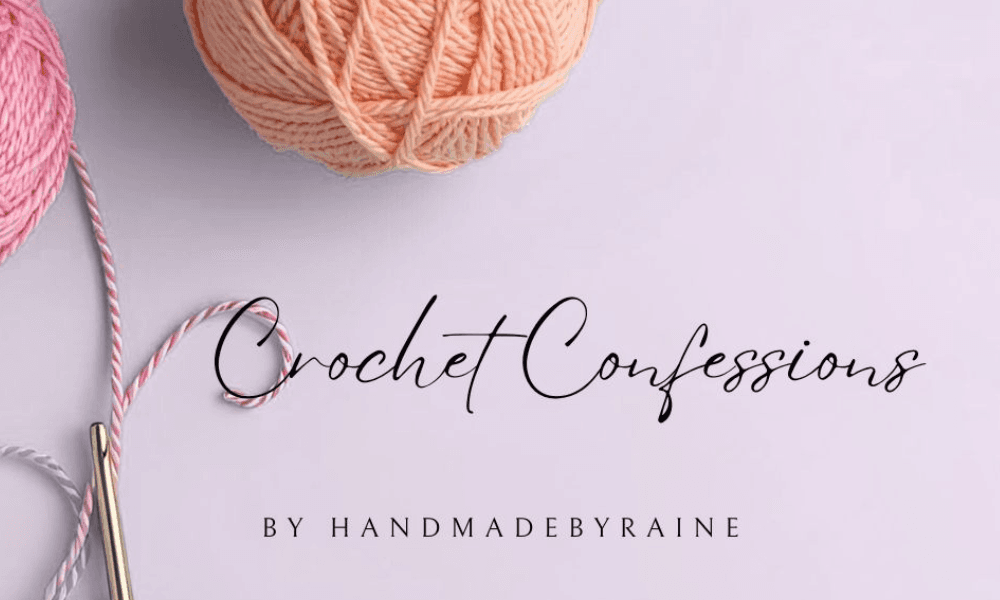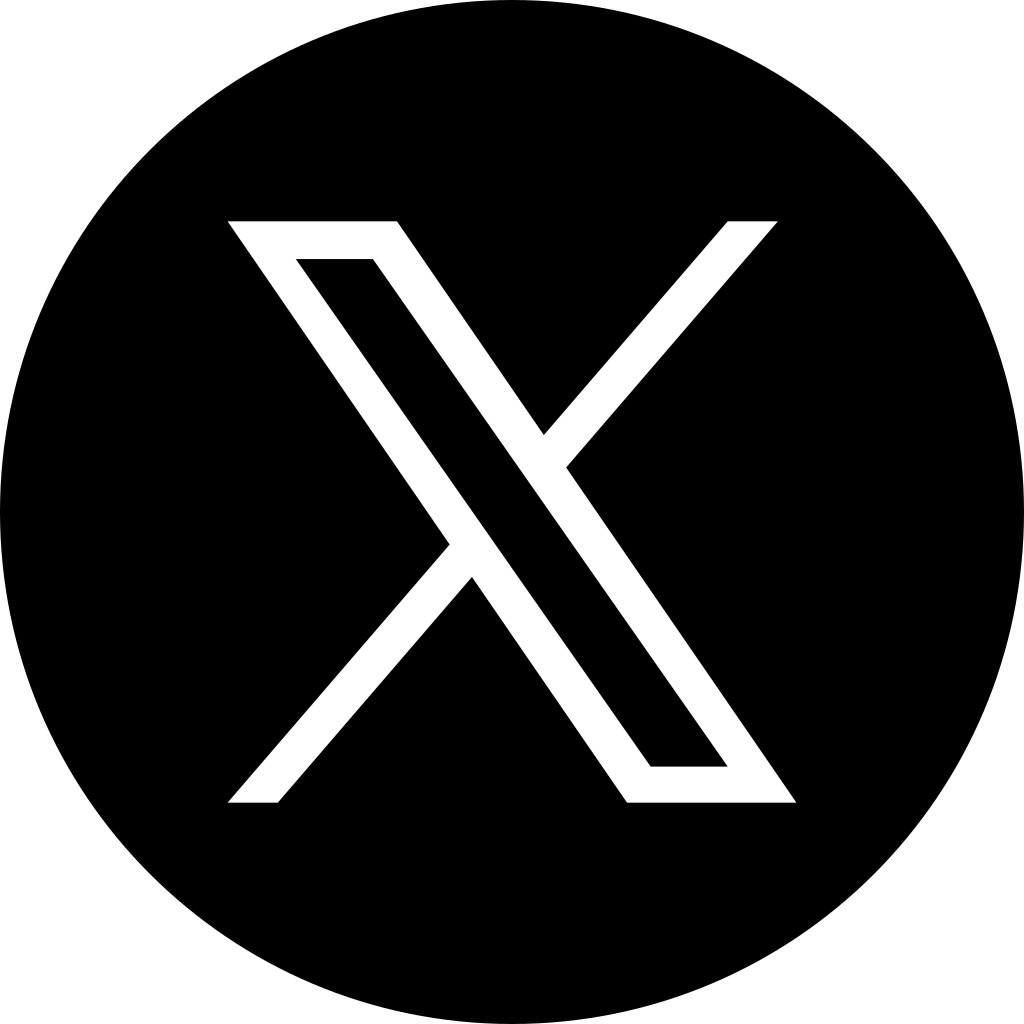Overview
Noreo is a Baltic-region based eCommerce brand specializing in silk bedding, particularly silk pillowcases, with a growing presence in markets such as Lithuania, Latvia, Estonia, Finland, Slovenia, and a broader European outlook. With 18 months of operational history, the business has generated over €1.5M in revenue and €204K in net profit across the trailing 12 months. Built around a hero product with 17 colour variations and roughly 25 total SKUs, the brand leverages a lean operational model and stable supplier relationship. Its core marketing relies on Meta ads and influencer outreach, and the business enjoys a strong AOV of €75 and a notably low return rate of 1%.
Although it currently depends on a single supplier in China and a Lithuania-based 3PL, Noreo is well-positioned to scale horizontally across Europe or globally via a transition to direct shipping from China using a trusted fulfillment partner.
Key Insights
Website Performance & Metrics
Speed: Site loads reasonably well on desktop, but mobile performance could benefit from optimization.
Product Offering: Focused catalog (~25 SKUs), with the silk pillowcase acting as the main acquisition driver.
AOV & CLTV: AOV sits at €75, which is above average for DTC bedding products. With 20% returning customer rate, there’s significant headroom to grow CLTV through cross-sells (e.g., sleepwear, baby silk items).
Conversion Rate: Not explicitly disclosed, but implied to be solid given strong Meta ad-driven results.
Design & Branding: The website is minimalistic and clean, aligning well with the premium aesthetic of silk bedding. Brand positioning leans toward understated elegance, with room for more emotional storytelling or social proof.
Customer Sentiment: A major concern—only one 1-star review on Trustpilot. Lack of customer feedback presents a red flag in terms of brand trust.
Marketing Efficiency & CAC: Heavy reliance on Meta ads is yielding results, but the exact CAC remains unknown. A 1% return rate and 0% chargeback rate imply operational stability.
Finances
Revenue: Averaging ~€125K/month with the highest spike in November (€310K).
Profitability: Fluctuates significantly—December saw the highest profit (€249K), which skews annual profit margins.
Multiples:
Revenue Multiple (0.5x) is appealing for buyers.
Profit Multiple (1.9x) is reasonable considering the age of the brand and the inconsistent monthly profit patterns.
Marketing (Paid & Organic)
Predominantly Meta Ads.
Secondary use of influencer marketing—opportunity exists to formalize this and explore UGC or affiliate partnerships.
Organic growth potential appears underutilized—SEO, email automation, or blog content are notably absent from analysis.
Operational Efficiency
Lean team of 5 freelancers.
Owner only dedicates 5–10 hours/week.
Supplier offers favorable terms: production without deposit, 50/50 payment structure.
Inventory on hand: €250K in stock.
Smooth 3PL operations in Lithuania and potential 4–8 day delivery via Chinese fulfillment partner.
Customer Data & Relationships
Email list of 91,000 – a valuable asset yet seemingly under-leveraged for lifecycle campaigns or upsells.
Repeat customer rate of 20% in 18 months is encouraging, especially for a single-product-dominant store.
Very low refund/return rate signals product-market fit.
Legal & Compliance
No apparent legal or IP red flags mentioned.
Seller suggests potential restructuring through a Hong Kong entity for tax/VAT advantages—this requires legal diligence before implementation.
Challenges Identified
Unstable Revenue & Profit Trends: Peaks in Q4 imply seasonal dependency or inconsistent marketing performance.
Lack of Customer Reviews: Only one Trustpilot review (1-star), raising brand credibility concerns for new customers.
Limited Product Range: While focused, current dependence on silk pillowcases (~90% of sales) introduces product risk.
Over-Reliance on Paid Ads: Customer acquisition hinges on Meta, with no diversified organic traffic or owned media performance.
Underdeveloped Brand Story: Brand lacks visible community engagement or emotional positioning—key in home & wellness categories.
Single-Supplier Risk: While the relationship is solid, lack of backups introduces operational risk in case of disruption.
Recommendations
Verify Financial Trends: Request detailed monthly P&Ls to clarify why profit spikes sharply in Q4, and whether margins are repeatable.
Explore CAC and ROAS: Understand current advertising cost breakdowns and performance metrics—this is critical for scaling.
Engage Seller on Future Strategy: Inquire why the business isn’t being scaled given the significant claimed upside and how much current growth depends on owner’s ad strategy.
Reinforce Brand Trust: Launch Trustpilot review campaigns, email outreach for reviews, and social proof on product pages.
Expand Product Offering: Consider fast-tracking launches of complementary silk products to boost LTV and protect against SKU risk.
Diversify Acquisition Channels: Invest in SEO, content, email automation, and partnerships to reduce paid traffic dependence.
Assess Fulfillment Strategy: Investigate feasibility and compliance of proposed HK company + China 3PL + VAT structure with legal counsel.
Conclusion
Noreo presents a high-potential acquisition in a desirable niche with growing consumer demand. Its existing systems, product-market fit, and lean operations make it attractive for a buyer with performance marketing knowledge and capital for product line expansion. However, concerns around review credibility, revenue fluctuations, and marketing channel dependence must be addressed early post-acquisition.
This analysis is based solely on publicly available data, platform disclosures, and website review. Direct engagement with the seller is essential to validate revenue/profit stability, CAC efficiency, and to understand motivations for the sale and future scalability potentials.




















